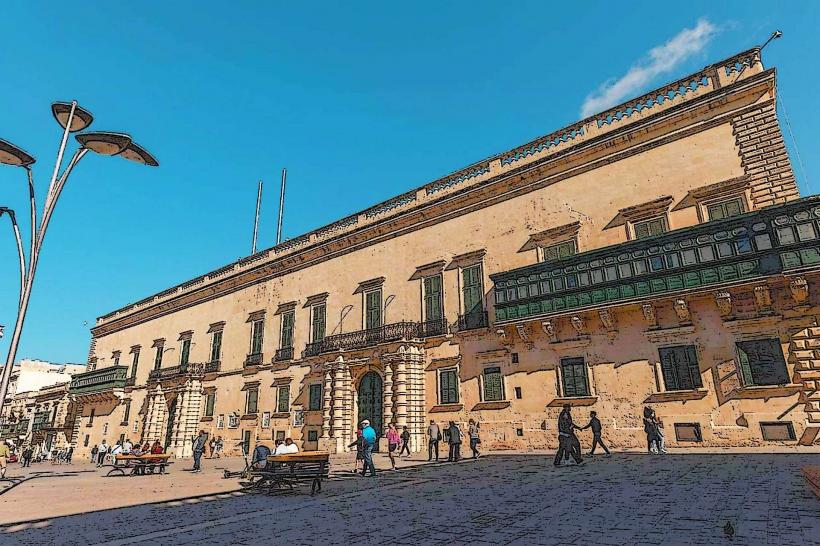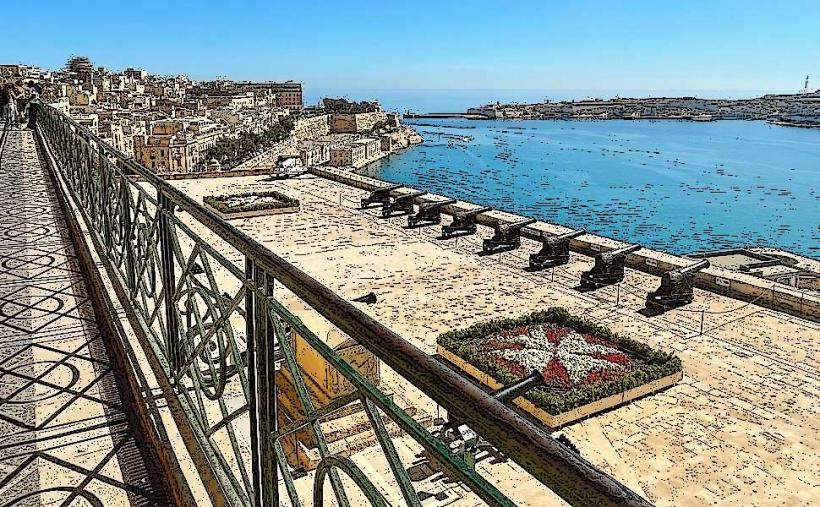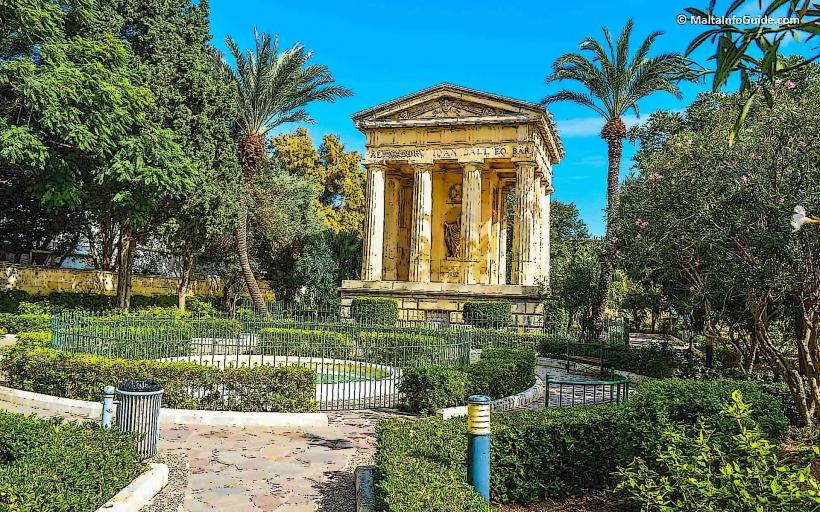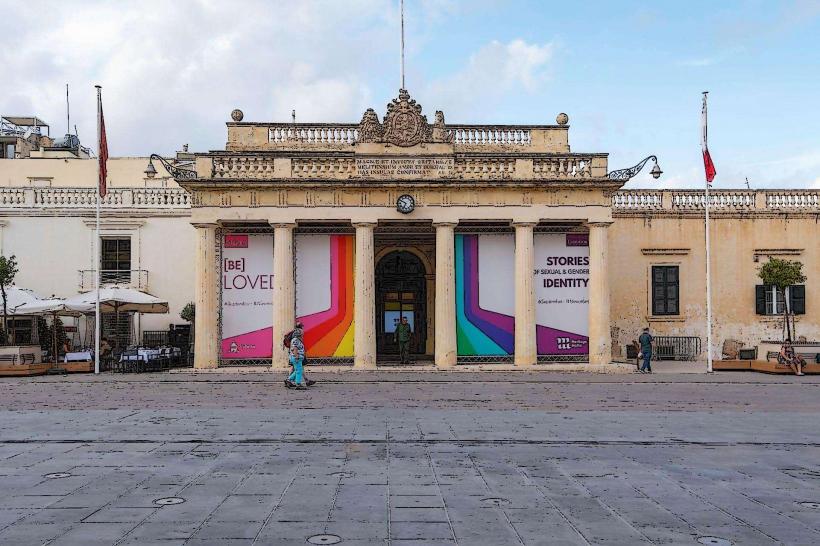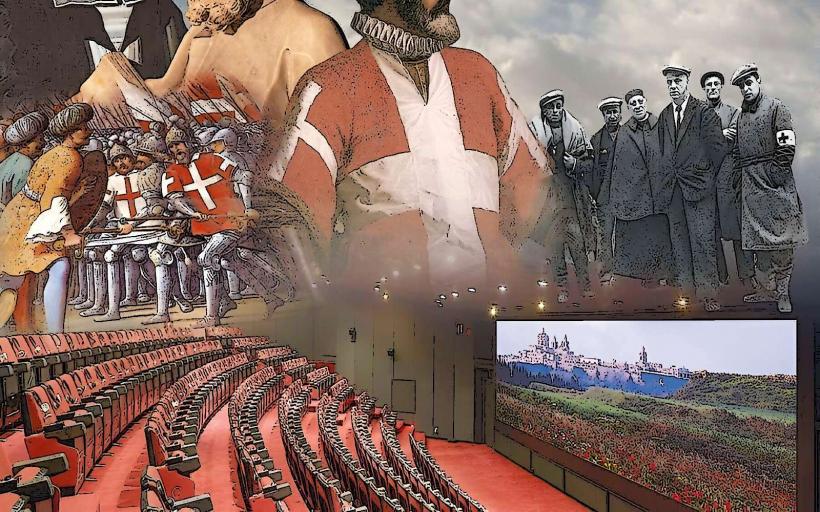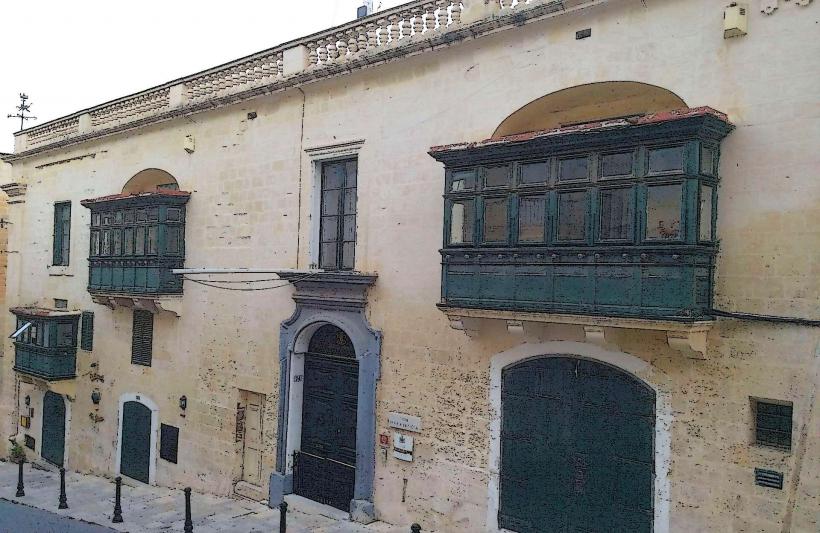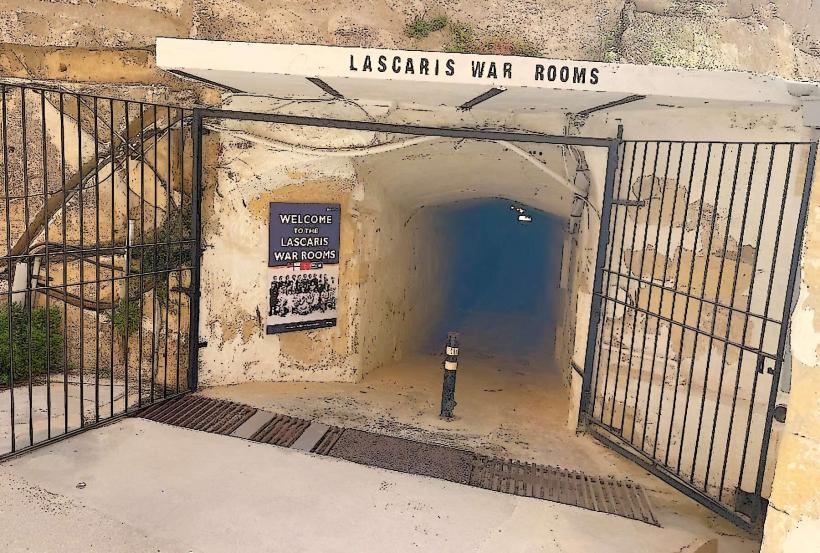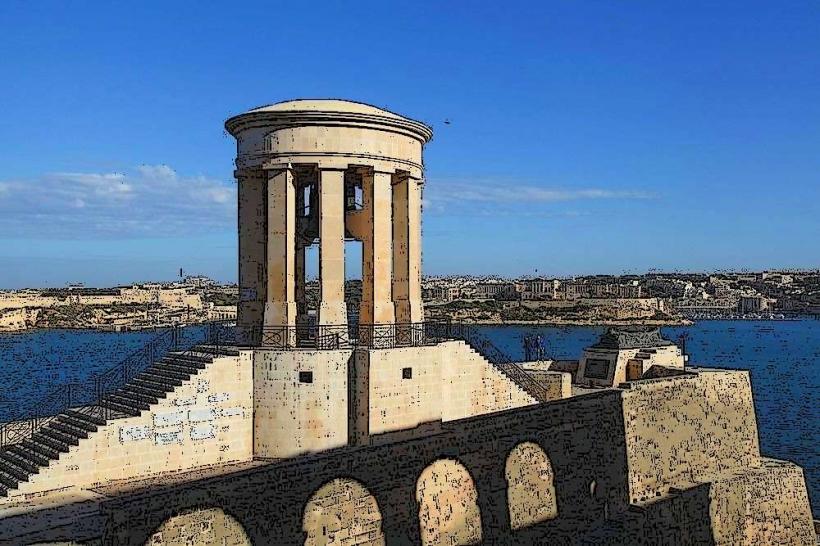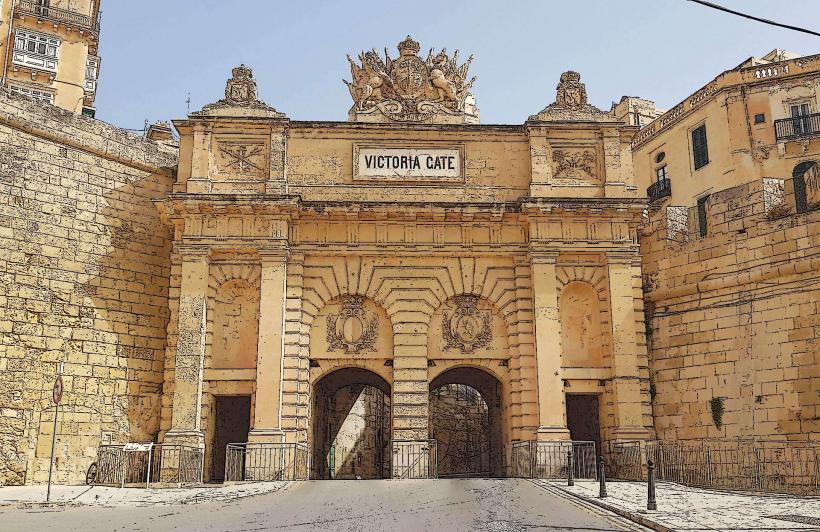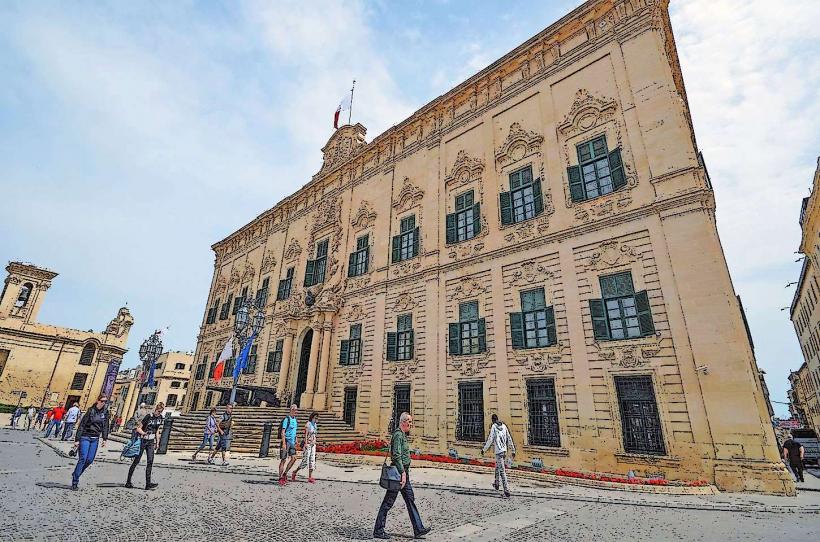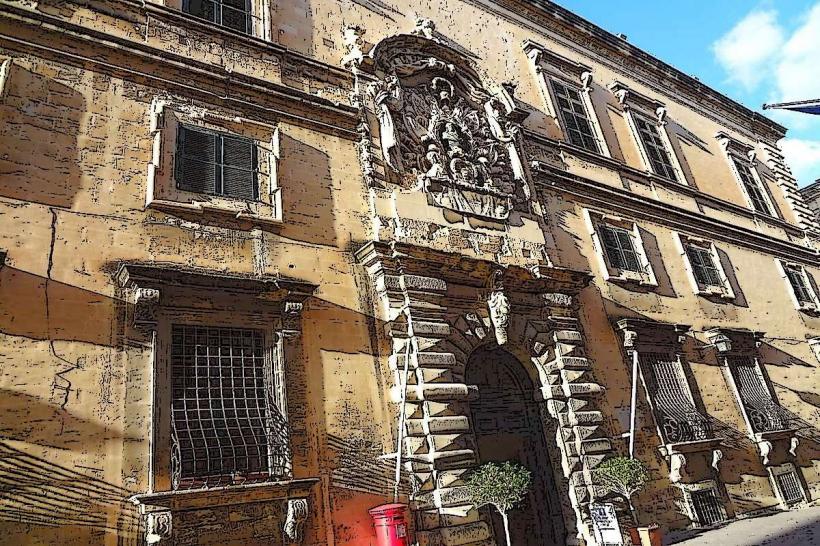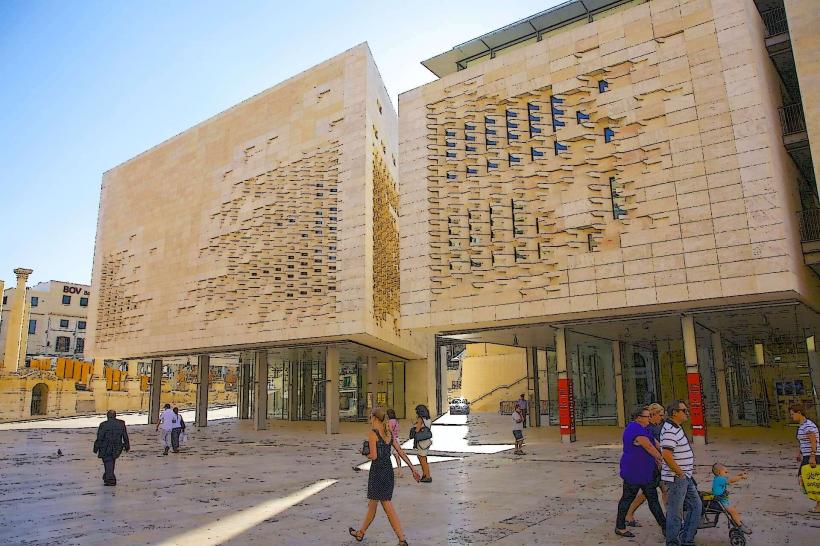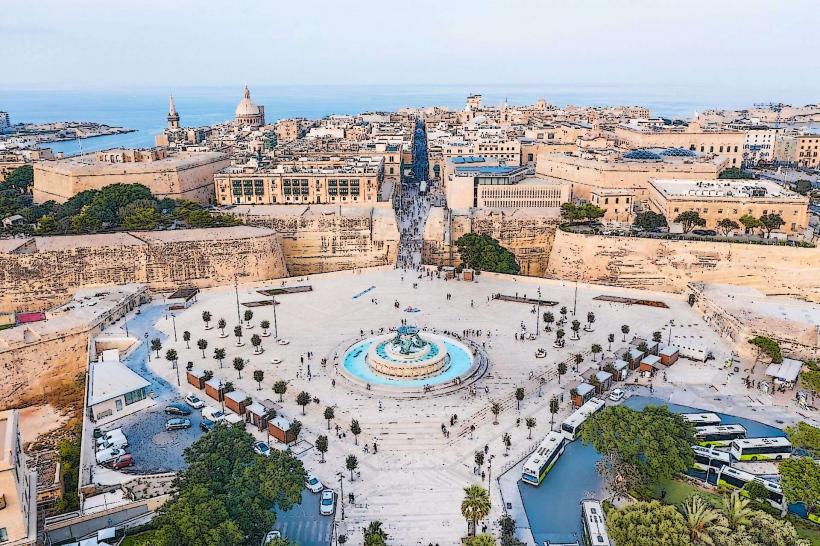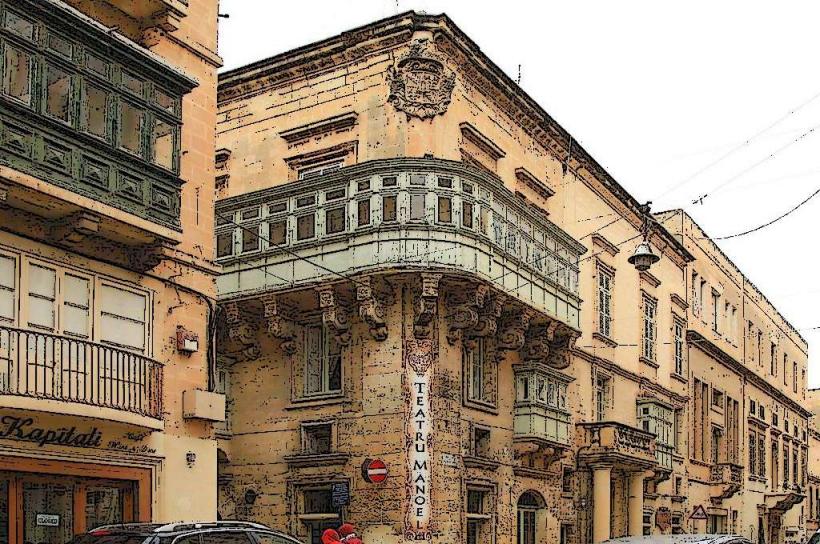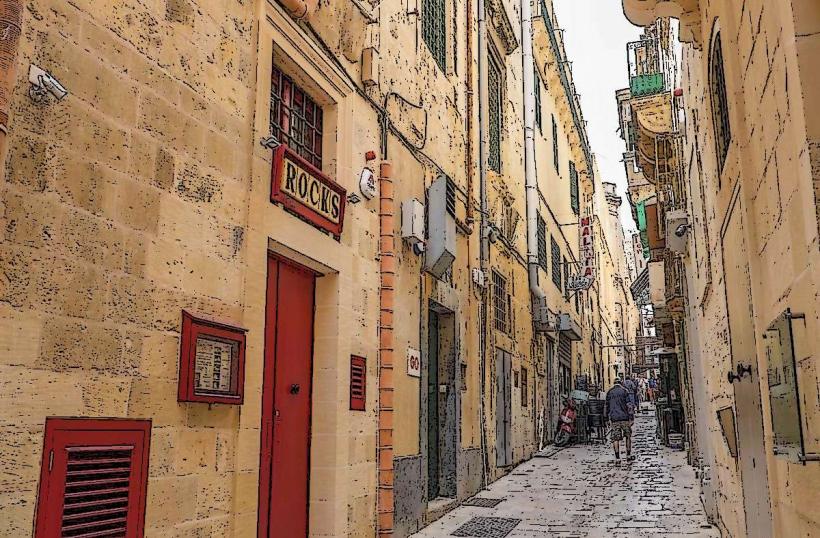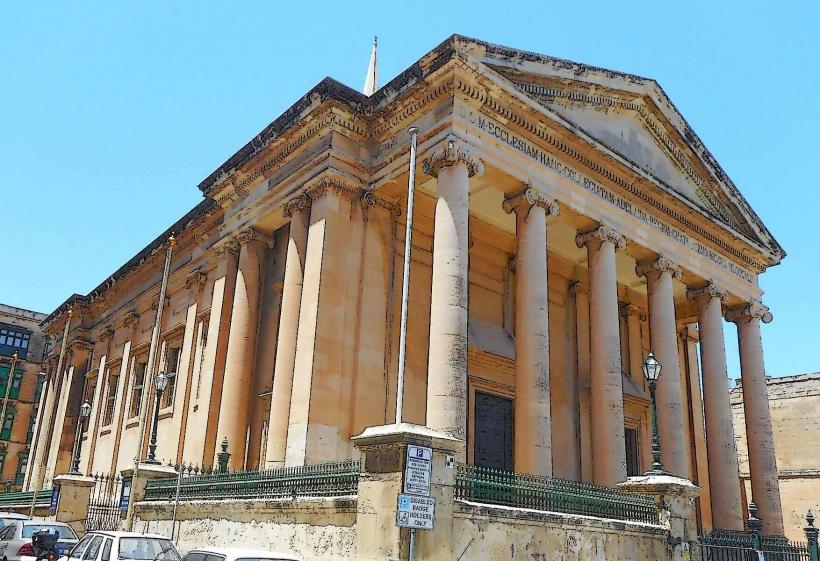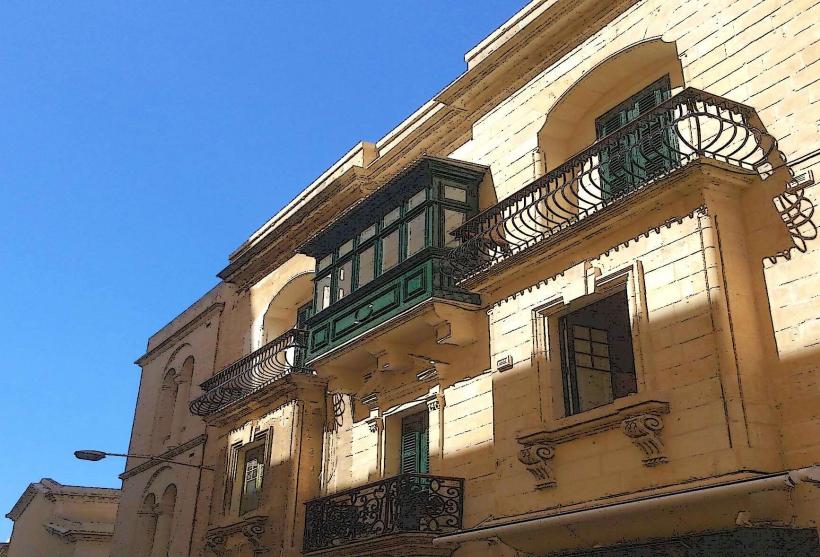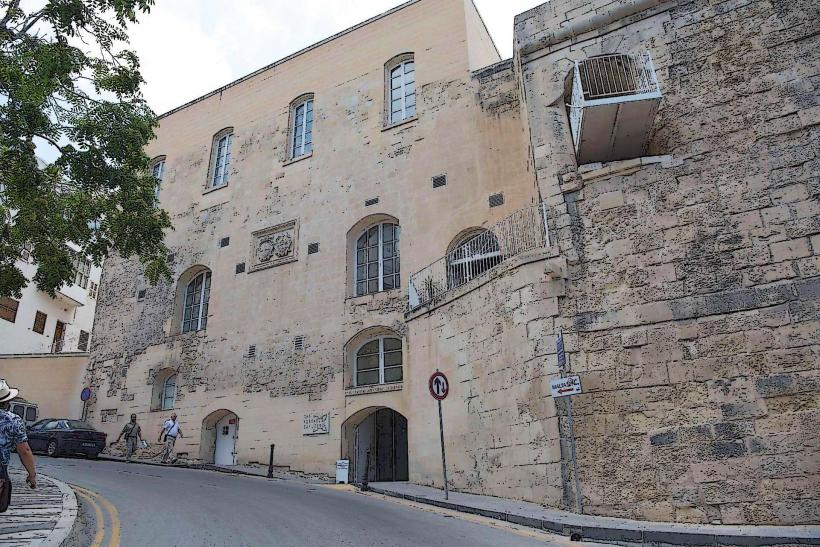Information
Landmark: Fort St. ElmoCity: Valletta
Country: Malta
Continent: Europe
Fort St. Elmo is one of the most iconic and historically significant fortifications in Malta, located at the tip of the Sciberras Peninsula in Valletta. Overlooking the Grand Harbour, it has played a central role in Malta’s military history, especially during the Great Siege of 1565 when the Knights of St. John successfully defended the island against the Ottoman Empire.
Historical Background
Origins: Fort St. Elmo was originally built by the Knights of St. John between 1551 and 1565 as part of their defense strategy to protect Valletta and the Grand Harbour. The fort was named after Saint Elmo, the patron saint of sailors, who was believed to offer protection during storms and naval conflicts.
Strategic Location: Positioned at the entrance to the Grand Harbour, Fort St. Elmo was essential for defending the island from naval attacks. Its location allowed it to command views over the harbor entrance and the surrounding waters, making it a critical point for controlling access to the harbor and for communication with the other forts on the island.
The Great Siege of 1565
Key Role: The fort’s most famous historical event occurred during the Great Siege of 1565, when the Ottoman Empire launched a massive military campaign to capture Malta. Fort St. Elmo was the site of one of the most intense and bloody battles during the siege. The fort was heavily bombarded by the Ottoman forces, and the Knights of St. John, led by Grand Master Jean Parisot de Valette, made a heroic stand to defend it.
Sacrifice and Martyrdom: Despite being outnumbered and surrounded, the defenders of Fort St. Elmo held out for several weeks. The fort was eventually breached, and many of its defenders were killed, but their resistance delayed the Ottoman advance, giving the Knights and the Maltese defenders time to regroup and eventually win the siege. This was a pivotal moment in the history of Malta and the Mediterranean, as it marked a significant defeat for the Ottomans and a victory for the Knights.
Symbol of Resistance: The defenders of Fort St. Elmo became martyrs for the Christian cause, and their bravery is commemorated in Maltese history. The fort’s role in the Great Siege solidified its place as a symbol of Maltese resilience and determination.
Architectural Features
Design: Fort St. Elmo’s design is a typical example of Renaissance military architecture, which was developed in response to the advent of gunpowder artillery. The fort features a star-shaped layout, with strong bastions designed to withstand artillery fire from multiple angles. Its walls were made thick to absorb cannonballs, and it was equipped with multiple levels for gun placements and storage.
The Bastions: The fort’s most notable feature is its bastions, which offer a panoramic view of the harbor and surrounding areas. The fort’s walls were constructed to protect against both land and naval attacks, with the bastions designed to allow defenders to fire from multiple positions.
Main Gate and Drawbridge: The fort’s entrance is protected by a drawbridge and a moat, which could be raised or lowered to prevent enemy access. The main gate is a classic example of military architecture from the Renaissance period.
The Cavalier and the Ramparts: The fort’s Cavalier is a key structure within the fort, designed to provide a high vantage point for the fort’s defenders. The ramparts surrounding the fort also provide views of the surrounding sea and land, crucial for both defense and surveillance.
The National War Museum
Today, Fort St. Elmo houses the National War Museum (Muzew tal-Gwerra Nazzjonali), which is dedicated to Malta’s military history, particularly focusing on the Great Siege and Malta’s involvement in both World Wars.
Exhibits
The Great Siege of 1565: The museum provides an extensive exhibit on the Great Siege, showcasing original artifacts, weapons, and armor from the battle. Visitors can see pictorial representations of the siege, as well as models of the fort as it looked during the conflict.
World War II: Another major section of the museum is dedicated to Malta’s role in World War II, when the island was heavily bombed by the Axis powers. The museum displays military uniforms, warplanes, and equipment from the period, highlighting the island’s strategic importance during the conflict. Malta’s resilience during the war earned the island the award of the George Cross, which is prominently displayed in the museum.
Artifacts: The museum showcases a variety of military artifacts, including medals, weapons, uniforms, and personal items that tell the story of Malta’s military history from its time under the Knights of St. John to the modern era. Notable items include weapons used by the Knights of St. John, as well as military vehicles from World War II.
Visitor Information
Location: Fort St. Elmo is located at the entrance of Valletta, with breathtaking views of the Grand Harbour and the surrounding coastline. The fort is easily accessible from the city center and is a short walk from major landmarks in Valletta.
Opening Hours: The museum and fort are open to the public most days of the week, typically from 9:00 AM to 5:00 PM, with extended hours during peak tourist seasons. It is recommended to check the official schedule for specific hours, as these may vary during public holidays or special events.
Entry Fees: Admission to Fort St. Elmo and the National War Museum is usually included as part of the Heritage Malta pass, which grants entry to multiple cultural sites across the island. There is a fee for individual entry, with discounts available for students, seniors, and groups.
Guided Tours: Guided tours are available for visitors who want a more in-depth experience of the fort’s history. Tours are available in various languages and typically include insights into the Great Siege, the fort’s architecture, and Malta’s military history.
Why Visit Fort St. Elmo?
Historical Significance: The fort played a pivotal role in the Great Siege of 1565, and visiting it offers an opportunity to learn about one of the most significant events in Malta’s history.
Stunning Views: The fort offers some of the best panoramic views of Valletta, the Grand Harbour, and the surrounding areas. It is an excellent spot for photography, particularly at sunrise or sunset.
National War Museum: The museum housed within the fort provides a fascinating exploration of Malta’s military history, with exhibits covering the Knights of St. John, the Great Siege, and the World Wars.
Educational Experience: With its rich history and diverse exhibits, Fort St. Elmo is an educational stop for those interested in military history, the Knights of St. John, or Malta’s role in the Mediterranean.
Nearby Attractions
National Museum of Archaeology: Just a short distance from Fort St. Elmo, this museum offers a deep dive into Malta’s prehistoric and ancient past.
Upper Barracca Gardens: Located nearby, the Upper Barracca Gardens provide a peaceful spot to relax with great views of the Grand Harbour.
The Three Cities: Across the harbor, the historic three cities (Birgu, Senglea, and Cospicua) offer more opportunities to explore Malta’s military and cultural heritage.
Fort St. Elmo is not just a historical landmark; it is a symbol of Malta’s resilience and strategic importance in the Mediterranean. Whether you are interested in military history, architecture, or simply want to take in some breathtaking views, a visit to Fort St. Elmo is a must when in Valletta.


